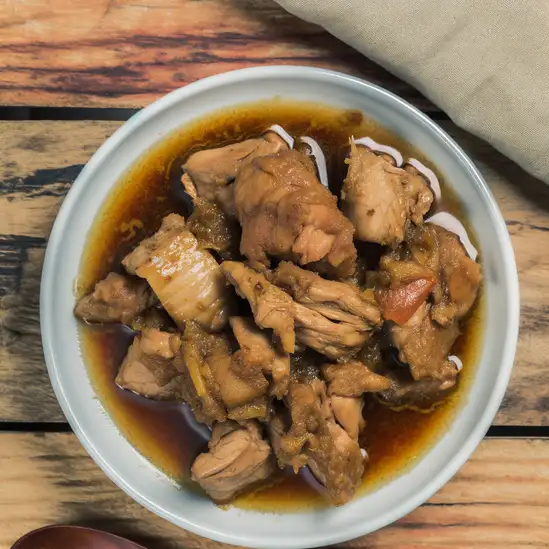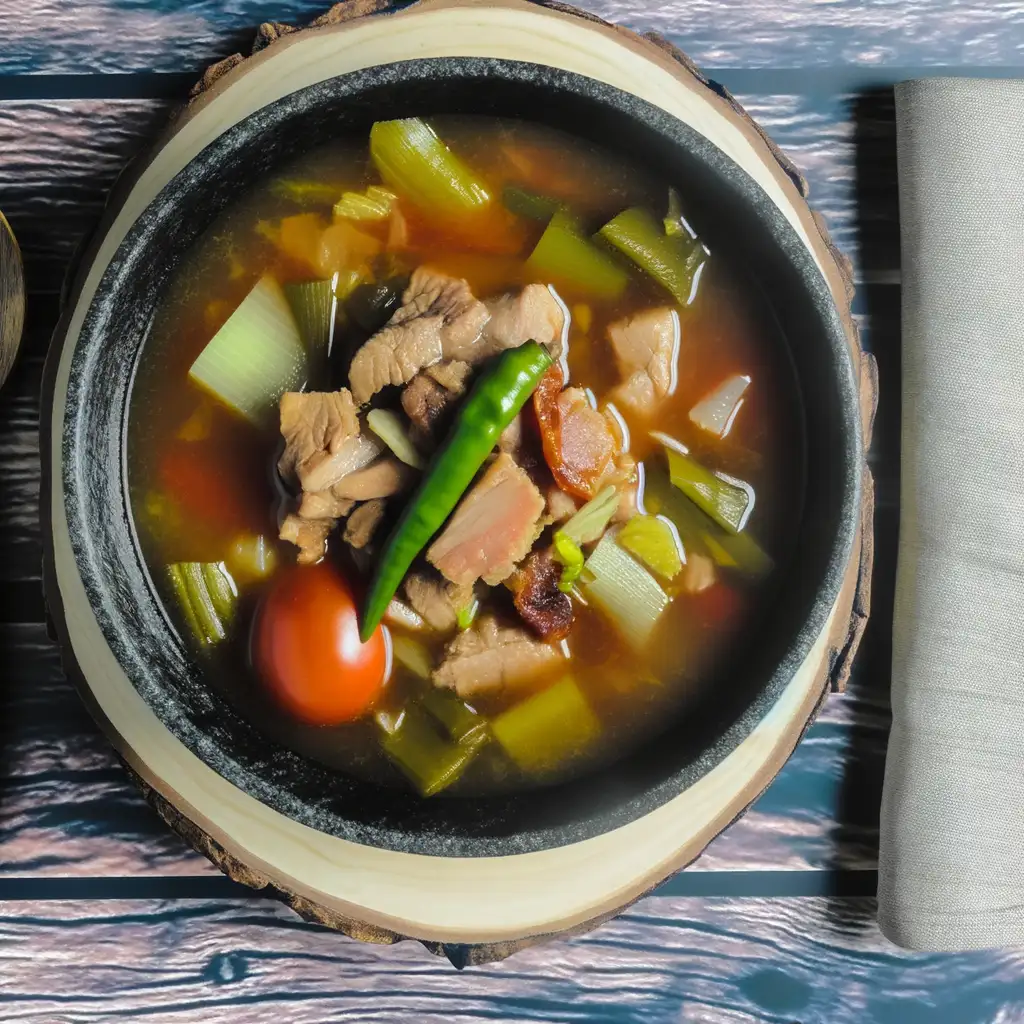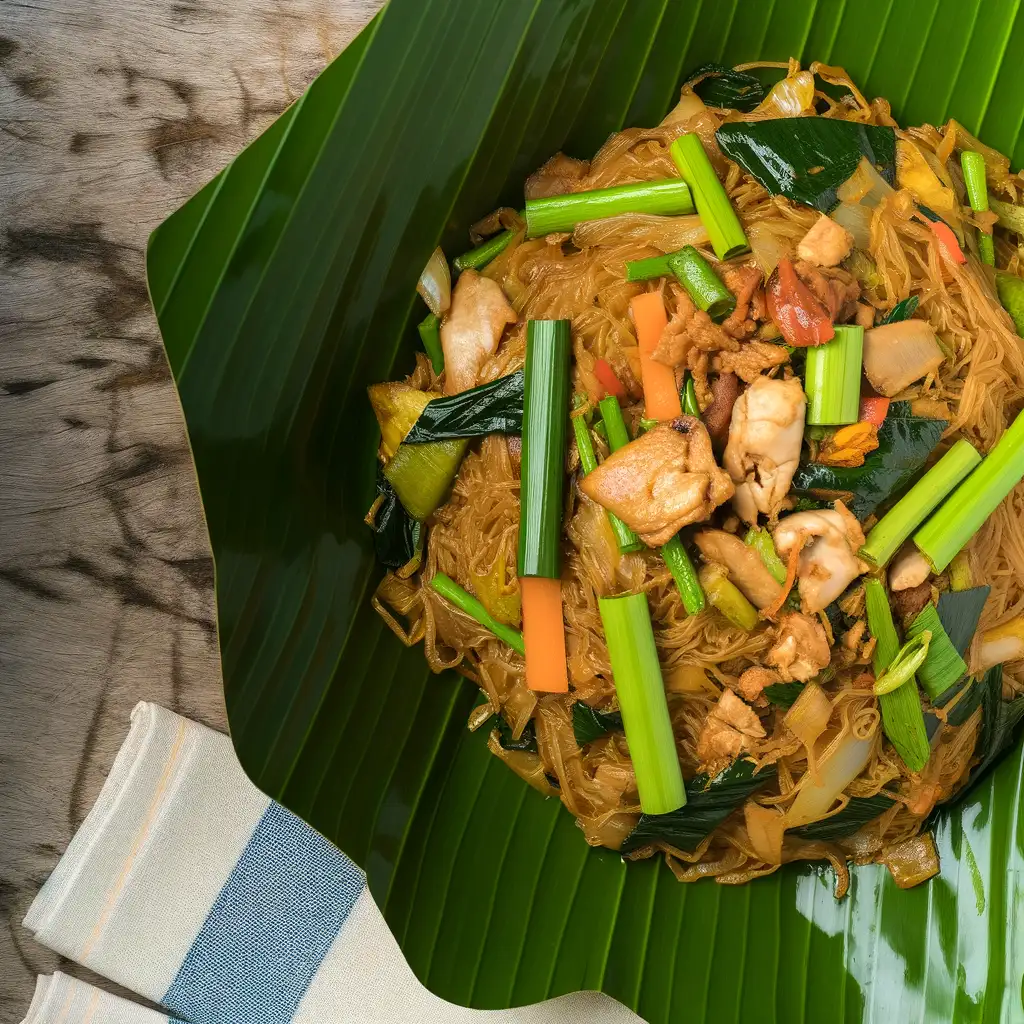


If you ever find yourself craving a place where time slows down and nature’s beauty feels like it’s been painted just for you,Caramoan is that kind of magic. The moment you step onto its sun-kissed shores,you’re greeted by the gentle hum of waves lapping against limestone cliffs and the soft rustle of palm leaves swaying in the warm breeze. It’s a place where the air carries the salty tang of the sea mixed with the sweet scent of tropical flowers,instantly calming your mind and sparking your sense of adventure. What makes Caramoan truly special is its raw,untouched charm. The islands here are a playground of turquoise waters and secret coves,where you can snorkel alongside vibrant coral reefs or kayak through crystal-clear lagoons framed by towering karst formations. The local community adds a heartfelt layer to the experience—friendly smiles,the laughter of children playing by the shore,and the aroma of freshly grilled seafood wafting from small beachside shacks. It’s a place where you can savor the simple joy of eating freshly caught fish,seasoned with local herbs,while watching the sun dip below the horizon in a blaze of orange and pink. Beyond the natural beauty,Caramoan carries a quiet spirit of resilience and warmth. The people here live close to the land and sea,their stories woven into the rhythm of daily life. Visiting Caramoan feels like stepping into a storybook where every moment invites you to slow down,breathe deeply,and soak in the kind of peace that stays with you long after you leave.
The information on this page is currently being reviewed by Tripkliq and should be used as a guide only
Eng word: Hello
Eng pronunciation: Koo-moos-tah
Local language: Kumusta
Eng word: Goodbye
Eng pronunciation: Dee-os Mah-bah-los
Local language: Dios Mabalos
Eng word: Thank you
Eng pronunciation: Sah-lah-maht
Local language: Salamat
Eng word: How much
Eng pronunciation: Pee-rah
Local language: Pira
Eng word: Toilet
Eng pronunciation: Kah-see-lyas
Local language: Kasilyas
Eng word: Help me
Eng pronunciation: Tah-bahng-ee ah-ko
Local language: Tabangi ako
Eng word: Yes
Eng pronunciation: Ee-yoh
Local language: Iyo
Eng word: No
Eng pronunciation: Dye
Local language: Dai
Eng word: Excuse me
Eng pronunciation: Pah-sen-shah nah
Local language: Pasensya na
Caramoan's name is believed to have originated from the word 'Garao,' a type of sea turtle that was abundant in the area during ancient times. Over the years, the name evolved into 'Caramoan.'
Caramoan was established as a municipality in 1619 during the Spanish colonization of the Philippines. The Spaniards introduced Christianity and built churches that remain significant landmarks today.
This centuries-old church, located in the town proper, is a testament to Caramoan's rich religious history. It was built during the Spanish era and features classic colonial architecture.
Caramoan played a small but significant role in the Philippine Revolution against Spanish rule. Local leaders and residents supported the revolutionary movement in the late 19th century.
Caramoan has been known for its pristine natural beauty for centuries. Its isolation and rugged terrain helped preserve its stunning beaches, limestone cliffs, and lush forests.
Caramoan gained international fame as a filming location for the reality TV show 'Survivor.' The show's producers were drawn to the area's unspoiled islands and breathtaking scenery.
The Agta, an indigenous group, have lived in the Caramoan Peninsula for centuries. Their traditions and way of life are an integral part of the area's cultural heritage.
Tinago Cove, one of Caramoan's hidden gems, is steeped in local legend. Its name, which means 'hidden,' reflects its secluded and mysterious allure.
Historically, Caramoan served as a trading hub for the Bicol region. Its coastal location made it an important stop for merchants and fishermen.
In Caramoan, the most common Power Adaptor is Type A, Type B.



A popular Filipino dish made with meat marinated in vinegar, soy sauce, garlic, and spices, then slow-cooked until tender.

A sour pork soup made with tamarind, tomatoes, and various vegetables, known for its tangy and savory taste.

A local noodle dish served on a banana leaf, typically made with rice noodles, vegetables, and meat, flavored with soy sauce.

A spicy dish made with pork, coconut milk, shrimp paste, and chili peppers, originating from the Bicol region.

Dried taro leaves cooked in coconut milk with chili and shrimp paste, offering a rich and creamy flavor.

A traditional dish made of fish or meat wrapped in taro leaves and cooked in coconut milk, often served with a spicy sauce.
Imagine stepping into a place where history hums through the streets and the ocean breeze carries the scent of salty adventure—that’s Cebu City for you. The moment you arrive,there’s this lively energy that wraps around you,a mix of old-world charm and modern buzz. You’ll find yourself wandering through colorful markets where the chatter of vendors blends with the aroma of freshly grilled street food—think sweet,smoky lechon sizzling over coals,tempting you at every corner.
Cebu’s character is a beautiful blend of the past and present. Ancient Spanish forts and centuries-old churches stand proudly alongside sleek cafes and vibrant street art. The city pulses with warmth,not just from the tropical sun but from the people who greet you with genuine smiles and stories. At night,the streets light up with music and laughter,and you can almost taste the festive spirit in the air.
What really makes Cebu unforgettable is how it feels alive in every sense. You can hear the waves crashing nearby,see the colorful jeepneys weaving through traffic,smell the tropical fruits at the market,and feel the warmth of the sun on your skin as you explore. It’s a place where culture,history,and everyday life blend seamlessly,inviting you to dive in and experience its vibrant soul firsthand.
If you ever find yourself dreaming of a place where the sea feels like a warm embrace and the air carries the scent of salt and tropical blooms,El Nido is that kind of magic. From the moment you step off the boat or wander through its laid-back streets,there’s this undeniable calm mixed with a spark of adventure. The limestone cliffs rise dramatically from turquoise waters,creating a playground of hidden lagoons and secret beaches that seem almost too beautiful to be real. You’ll hear the gentle lapping of waves,the distant chatter of fishermen,and the occasional call of tropical birds,all blending into a soothing soundtrack that makes you want to slow down and just breathe it all in.
The town itself pulses with a warm,welcoming energy. Locals greet you with genuine smiles,and the small cafes and eateries invite you to savor fresh seafood grilled right in front of you,bursting with flavors that tell stories of the sea. At night,the sky turns a deep velvet,and the stars feel close enough to touch,while the soft hum of acoustic guitars drifts from beach bars. It’s a place where time seems to stretch,letting you lose yourself in the rhythm of island life.
What makes El Nido truly special is how it balances raw natural beauty with a vibrant,heartfelt culture. Whether you’re kayaking through crystal-clear waters,hiking up to panoramic viewpoints,or simply sipping a cold drink while watching the sunset paint the sky in fiery hues,El Nido invites you to connect—with nature,with people,and with a sense of wonder that stays with you long after you leave.
If you ever find yourself craving a place where nature’s calm meets a laid-back island spirit,Puerto Princesa is where you want to be. The moment you step off the plane,there’s this warm,salty breeze that wraps around you,carrying the faint scent of the sea and tropical blooms. It’s a city that doesn’t rush — people move with a gentle rhythm,and the streets hum softly with the chatter of locals and the occasional strum of a guitar from a nearby café. It feels like a breath of fresh air,both literally and figuratively.
What really makes Puerto Princesa stand out is its deep connection to nature. The famous Underground River is just the beginning — lush mangroves,crystal-clear waters,and vibrant coral reefs surround the city,inviting you to explore. You can hear the calls of exotic birds in the morning and watch fishermen bring in their catch as the sun dips low,painting the sky in shades of pink and orange. The food scene here is a delightful surprise too — fresh seafood grilled right on the beach,sweet tropical fruits bursting with flavor,and local dishes that tell stories of the sea and the land.
But beyond the sights and tastes,it’s the people who make Puerto Princesa unforgettable. Their warmth and genuine smiles make you feel like you’re not just visiting,but truly welcomed. Whether you’re wandering through the bustling market or sharing a laugh with a vendor,there’s a sense of community that lingers long after you leave. It’s a place that invites you to slow down,soak in the simple joys,and leave with a heart full of stories.
If you ever find yourself wandering through the heart of Bohol,Tagbilaran City greets you with a warm,unhurried rhythm that feels like a gentle hug after a long journey. The city hums with life—not the overwhelming buzz of a metropolis,but a lively,welcoming energy where jeepneys rattle by and street vendors call out their fresh fruit and local snacks. As you stroll along the waterfront,the salty breeze carries the faint scent of grilled seafood mingling with tropical flowers,inviting you to slow down and savor the moment.
Tagbilaran’s charm lies in its blend of old and new. You’ll catch glimpses of Spanish-era churches standing proudly beside colorful markets where locals barter over ripe mangoes and sticky rice treats. The city’s pulse is deeply tied to its people—friendly,easygoing,and proud of their heritage. At night,the streets light up with laughter and music spilling from small eateries where you can taste the rich flavors of Boholano cuisine,like the sweet,tender kalamay or freshly caught fish cooked with coconut milk.
What really stays with you is the city’s sense of community and its connection to the sea. Whether you’re watching fishermen haul in their catch at dawn or joining a lively fiesta,Tagbilaran feels like a place where stories are shared over steaming cups of coffee and where every corner invites you to discover a new layer of its soul. It’s not just a stopover—it’s a place that quietly pulls you in and makes you want to stay a little longer.
If you ever find yourself craving a place where vibrant city life meets the gentle embrace of nature,Davao City is where you want to be. The moment you step off the plane,there’s this warm,welcoming energy that wraps around you—like the city itself is inviting you to slow down and savor every moment. The air carries a subtle mix of tropical blooms and the faint,salty hint of the nearby sea,while the streets buzz with a friendly hum of jeepneys and chatter in a melody of languages.
Walking through Davao,you’ll notice how the city wears its culture proudly. From the colorful street markets where vendors call out their fresh fruits and local delicacies,to the intricate weaves and crafts that tell stories of indigenous tribes,there’s a deep respect for heritage here. And the food? Oh,the food! Imagine biting into a juicy durian (if you’re brave enough),or savoring grilled tuna so fresh it practically melts in your mouth,all while sipping on a sweet,refreshing calamansi juice.
What really sets Davao apart is its balance—towering mountains and lush parks sit just a short drive from bustling urban spots. You can spend your morning hiking up Mount Apo,the Philippines’ highest peak,then wind down with a stroll along the riverwalk as the sun dips low,painting the sky in shades of orange and pink. It’s a city that feels alive but never rushed,where every corner invites you to explore,taste,and connect.
If you ever find yourself craving a place where history hums softly alongside the buzz of everyday life,Iloilo City is where you want to be. The moment you step into its streets,there’s this warm,inviting energy—like the city is gently nudging you to slow down and savor its stories. You’ll notice the colonial-era buildings standing proudly beside modern cafes,their facades telling tales of centuries past. The air carries a subtle mix of salty sea breeze and the sweet aroma of freshly baked pan de sal,making every morning feel like a comforting embrace.
Walking through Iloilo,you’ll hear the lively chatter of locals,the clinking of glasses in cozy eateries,and the distant strum of guitars from street performers. The city’s character shines brightest in its festivals,especially the Dinagyang,where vibrant costumes and rhythmic drums fill the streets with infectious joy. But even on quieter days,the genuine smiles of Ilonggos and their easygoing hospitality make you feel like you’ve found a second home.
And then there’s the food—oh,the food! From the rich,savory batchoy served steaming hot in humble noodle shops to the sweet,creamy taste of fresh mangoes,every bite is a celebration of local flavors. Iloilo isn’t just a place to visit; it’s a place to experience,where every corner invites you to pause,breathe,and fall a little in love with its soul.
Tourists may book accommodations online based on attractive photos, only to find upon arrival that the actual place is substandard or different from what was advertised.
Scammers may pose as officials and charge tourists fake environmental or entrance fees for visiting certain islands or attractions, even though these fees are not officially required.
Unlicensed individuals may pose as official tour guides and charge tourists for their services, providing little to no value or inaccurate information about the area.
Some boat operators may initially quote a low price for rentals but later add hidden fees for fuel, docking, or additional stops during the trip.
Some tour operators or boatmen may charge tourists significantly higher prices for island hopping tours compared to the standard rates. They may take advantage of tourists unfamiliar with the area.
Tricycle drivers or private vehicle operators may charge tourists inflated rates for transportation to and from Caramoan or within the area, especially if tourists are unaware of standard fares.
The Philippines has very strict anti-drug laws, and Caramoan is no exception. The possession, use, or trafficking of illegal drugs is punishable by severe penalties, including long prison sentences and, in some cases, the death penalty. Tourists should avoid any involvement with illegal drugs and exercise caution to ensure compliance with local laws.
In Caramoan, Philippines, smoking is regulated under the nationwide Executive Order No. 26, which enforces a smoking ban in public places. Smoking is prohibited in enclosed public spaces, public transportation, and certain outdoor areas such as schools, hospitals, and government facilities. Designated smoking areas may be available, but they must comply with strict guidelines. Tourists should look for designated smoking zones to avoid fines or penalties.
Vaping is subject to similar regulations as smoking in the Philippines. The use of e-cigarettes is prohibited in areas where smoking is banned, including public spaces and public transportation. Tourists should use vaping devices only in designated smoking or vaping areas to avoid legal issues.
What are other people saying about Caramoan?
Recent Social posts about Caramoan
There is nothing to show you for now.